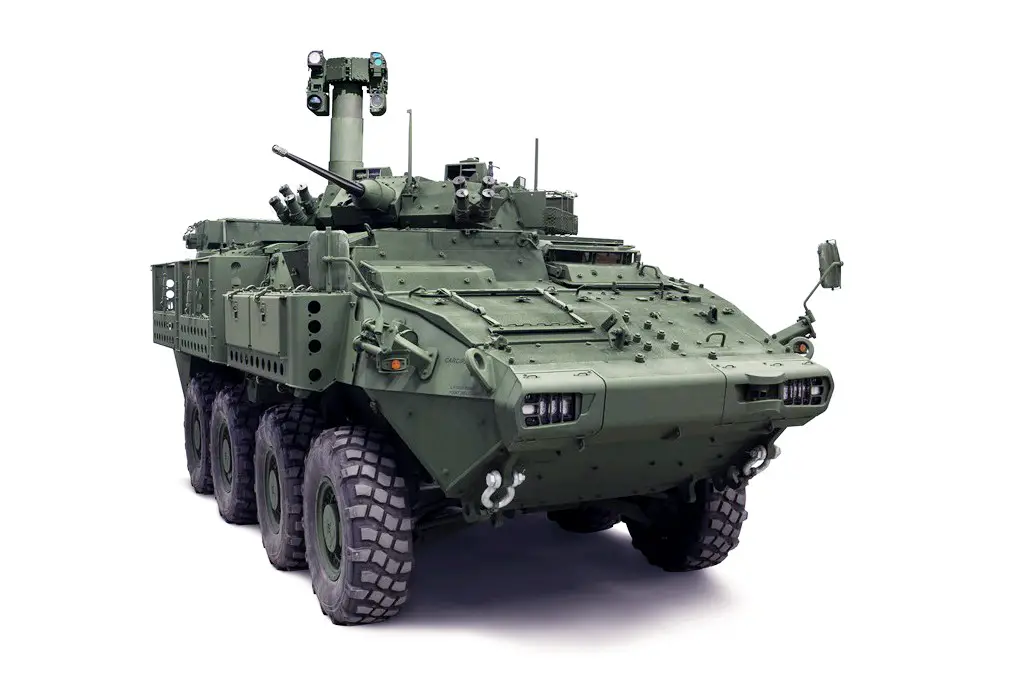The introduction of upgraded Light Armoured Vehicle (LAV) 6.0 Reconnaissance vehicles marks a significant step forward for the Canadian Army’s capabilities. The Light Armoured Vehicle Reconnaissance Surveillance System (LRSS) project aims to replace the outdated Coyote reconnaissance vehicles with cutting-edge systems integrated into the LAV 6.0 platform. However, the project has faced delays due to various challenges, primarily related to software design and testing. Despite these setbacks, the Canadian Department of National Defence (DND), in collaboration with General Dynamics Land Systems-Canada (GDLS-C), remains committed to delivering a reliable and advanced reconnaissance system to the Canadian Armed Forces. One of the notable challenges that has led to delays in the LRSS project is the complexity of software design and testing. Software integration in modern military systems is an intricate process that requires thorough testing and validation to ensure functionality, security, and interoperability. The setback caused by these software challenges demonstrates the dedication of the project’s stakeholders to uphold the highest standards of performance and reliability. Identifying and rectifying software-related issues before the vehicles are operational is a testament to the commitment to ensuring the safety and effectiveness of the LAV 6.0 Reconnaissance vehicles.
The LRSS project faced a significant hurdle early on when a subcontractor responsible for building a crucial component went bankrupt. This supply chain disruption led to an initial postponement of the project’s timeline. Such disruptions are not uncommon in large-scale defense projects, and they highlight the importance of contingency planning and adaptability. By swiftly addressing this setback and adjusting the project schedule, the Canadian Department of National Defence and General Dynamics Land Systems-Canada showcased their ability to navigate unforeseen challenges without compromising the project’s overall integrity. The LRSS project’s journey has showcased the importance of collaboration between government agencies, defense contractors, and technology providers. The partnership between General Dynamics Land Systems-Canada and DRS Technologies underscores the need for robust communication and cooperation throughout the defense supply chain. These collaborations ensure that the expertise of various stakeholders is harnessed to overcome obstacles and create a final product that meets the highest standards of quality and effectiveness.

While delays in the LRSS project have undoubtedly presented challenges, they should be viewed as part of the rigorous process of developing advanced military technologies. The new projected timelines for Initial Operational Capability (IOC) and Final Operational Capability (FOC) reflect a careful reassessment of the project’s milestones. The commitment to thoroughly testing the upgraded LAV 6.0 Reconnaissance vehicles during Reliability, Availability, Maintainability, and Durability (RAMD) testing indicates a proactive approach to addressing potential issues before the vehicles are deployed for active duty.The delays faced by the LRSS project have highlighted the dedication of the Canadian Department of National Defence, General Dynamics Land Systems-Canada, and their partners in delivering a state-of-the-art reconnaissance system to the Canadian Army. Overcoming challenges related to software design, supply chain disruptions, and testing further demonstrates the resilience and adaptability of the project’s stakeholders. As the upgraded LAV 6.0 Reconnaissance vehicles move closer to becoming operational, the lessons learned from these challenges will undoubtedly contribute to the development of a more robust and capable defense system for the Canadian Armed Forces.
The LAV 6, sometimes written as LAV 6.0 or LAV VI, is the fourth generation of LAV, and is based on the LAV III. The first vehicles were delivered in 2013 and after testing entered service in 2016. The Canadian Army plans to replace its entire LAV fleet of various LAV II and LAV III variants with the LAV 6. The vehicle is being acquired in two main variants: a fighting vehicle equipped with the 25mm cannon seen on the LAV II and LAV III, and a support variant labelled the Armoured Combat Support Vehicle (ACSV). In September 2019, Public Services and Procurement Canada on behalf of the Department of National Defence awarded GDLS – Canada a CAD$2 billion contract for 360 ACSVs, initial spare parts, manuals, training, and various vehicle add-on kits. In June 2022, the Canadian Government announced that it would be diverting 39 ACSVs to the Ukrainian Armed Forces as military aid from the order of 360 vehicles it had previously made for the Canadian Forces. Canadian officials stated that the vehicles along with spare parts would be delivered during the summer of 2022 and that the Forces would still receive a total order of 360 vehicles in addition to the 39 vehicles given to Ukraine.

















